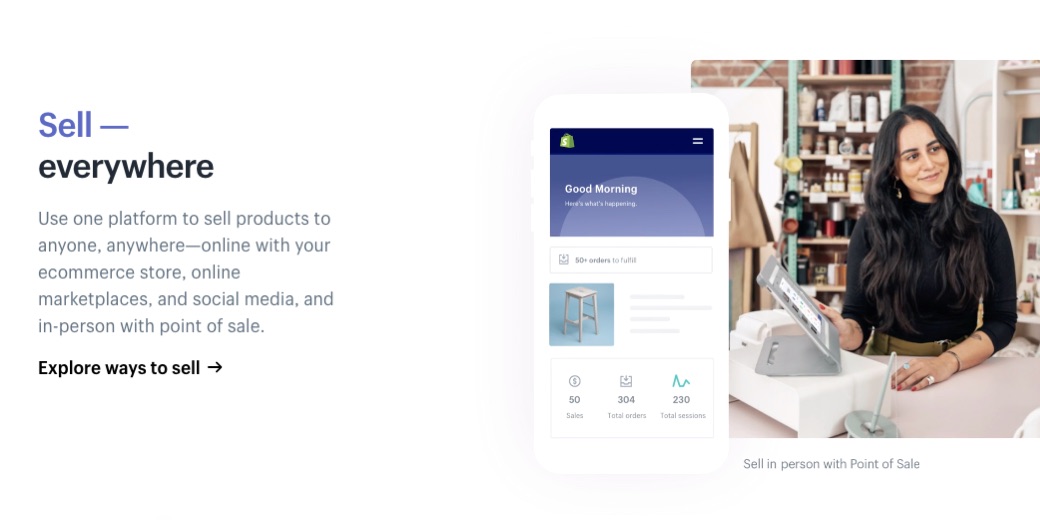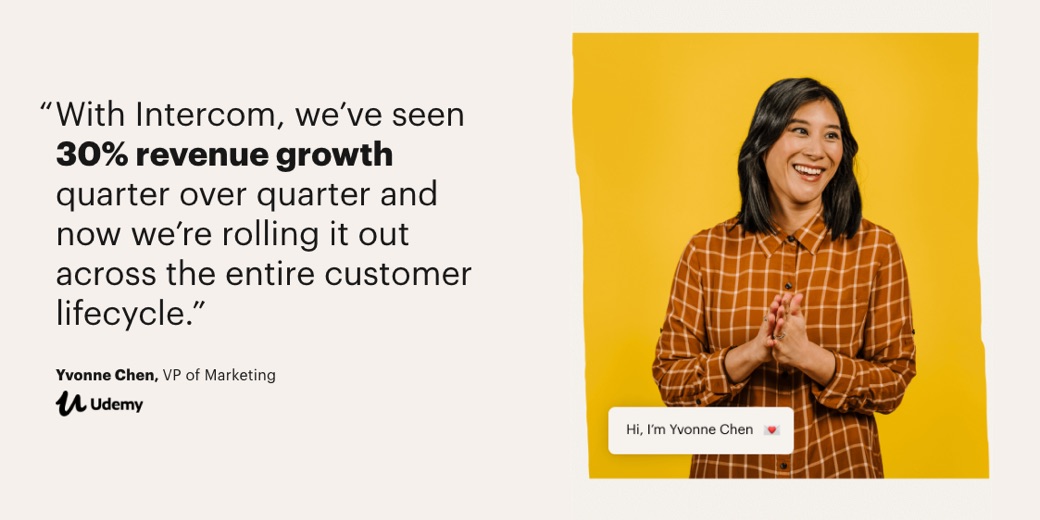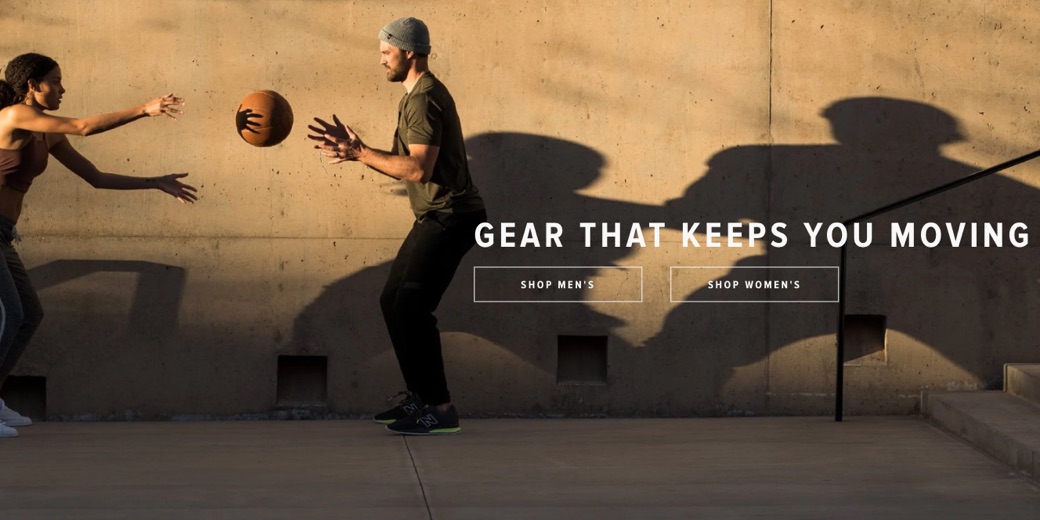
A new customer arrives on your website’s homepage for the first time…and the clock is ticking.
The customer is willing to give your business a few precious seconds of attention.
Within this tiny window, you need to communicate the unique value of your business. You need to build trust.
OK, stop the clock.
In the time it took you to read this far, your customer has already decided to stick around, or jump ship and never look back.
How did your homepage do?
Did it tell an effective and engaging story about your business through the messaging and visuals?
Did it make it simple for someone who’s never heard of your business before to understand what you do and how it will make her life better?
Did it provide clear reasons to believe that you can deliver on your promise?
Your brand is a relationship between your business and your customers. It speaks to how effectively you communicate the value your business provides and your customers’ ability to understand and trust that value.
Your website’s homepage may not always be the first touchpoint with a new customer. But no matter how someone discovers your business, your homepage should always be a place where customers can go to get a clear and immediate distillation of the value you provide.
So, in the spirit of communicating your value both effectively and quickly, here are five elements your homepage should have to lay the foundation of that brand relationship before that new customer bolts.
1. Emotionally Engaging Headline
What is it?
This is your brand’s lead message. It’s the first, and possibly only, thing someone who comes to your homepage will read.
It’s a short, concise statement that touches on the primary benefit or pain point that your business addresses with an emotional hook.
Why is it important?
Again, it’s the first, and possibly only, message someone who comes to your homepage will read. It’s a chance to build trust by signaling that you understand their needs and establish the tone of your brand.
Your headline’s job is not to fully explain what your business does. Instead, it simply needs to pique your customer’s interest. Your customers will make fast, emotional judgements about your brand. Your headline needs to tap into those emotions and connect to the needs you help satisfy.
Real world example – Journey Meditation:

2. Summary Of Benefits
What is it?
For the folks that were intrigued enough by your headline to stick around, this is a chance to highlight the top level benefits of your offering.
These are the supporting sections of the homepage that at a glance show not just what you provide, but how your business will improve the lives of your customers.
Why is it important?
Your customers shouldn’t have to work to figure out why they should care about your product or service. In fact, if they have to think too much to understand your offering, trust levels drop and they’ll probably leave.
It’s your job to spell out the ways you benefit your customers. And you should do it in language that’s easy for anyone to understand.
Real world example – Shopify:

3. Social Proof
What is it?
Social Proof communicates information about the value of your brand from those who’ve engaged with it in the past. It’s a way to help confirm the quality and legitimacy of your brand to someone new.
Social Proof can come in many forms, from testimonials, to data points on volume of engagements, to certifications, and endorsements.
Why is it important?
It’s easier for someone to trust or engage with something new if they know others have already done the same thing successfully.
When you need to build trust, providing social proof creates a quick sense of reassurance for someone seeing your business for the first time.
Real world example – Intercom:

4. Expressions Of Expertise
What is it?
This includes things like blog posts, videos, guides, whitepapers, infographics, or other forms of original content. These items contain the thoughts, insights, and points of view of the people behind the brand.
Why is it important?
Like Social Proof, this is another way to demonstrate the quality of the brand as well as the thinking and experience that fuels it.
It takes time and effort to generate content like this, so even if a new customer doesn’t dig in right away, the mere presence of it provides another signal that builds trust.
Real world example – Ideo:

5. Photos Of People
What is it?
These are images of people benefitting from the value of the brand.
Ideally these are images of real people who’ve engaged with the business, but representative (i.e. stock) images can help serve the same need.
Why is it important?
In the same way you need to use copywriting to build trust around your brand through words, images of people create another layer of communication around the benefits you provide. It’s easier to imagine what life would be like engaging with a brand when you have clear examples in front of you.
The emotion conveyed by the faces in these images can help to enhance the emotional reaction of the content that’s being viewed as well.
Real world example – Vuori:

Use Some Or All Of These Elements To Build Brand Trust
Not all websites or brands are the same. This list of ideas isn’t a prescriptive template but rather a set of themes to consider.
Your website may not need every single one of these to be effective. But if you do exclude any, at least consider why that’s the case and if there are other ways to accomplish the same goal.
The key takeaway is that most customers coming to your website homepage won’t fully understand what you do and will have very little reason to trust your brand.
It’s your job to provide clear evidence through messaging and visuals so that customers receive the right mix of signals to stick around and engage with your brand in a meaningful way.

Get Help Building Trust With Your Customers
If you’re ready to build stronger connections with your customers, reach out for a free consultation. We’ll help you transform your best business thinking into an actionable, shareable, growth-oriented guide. Click below to learn more about the Brand Guidebook process.

